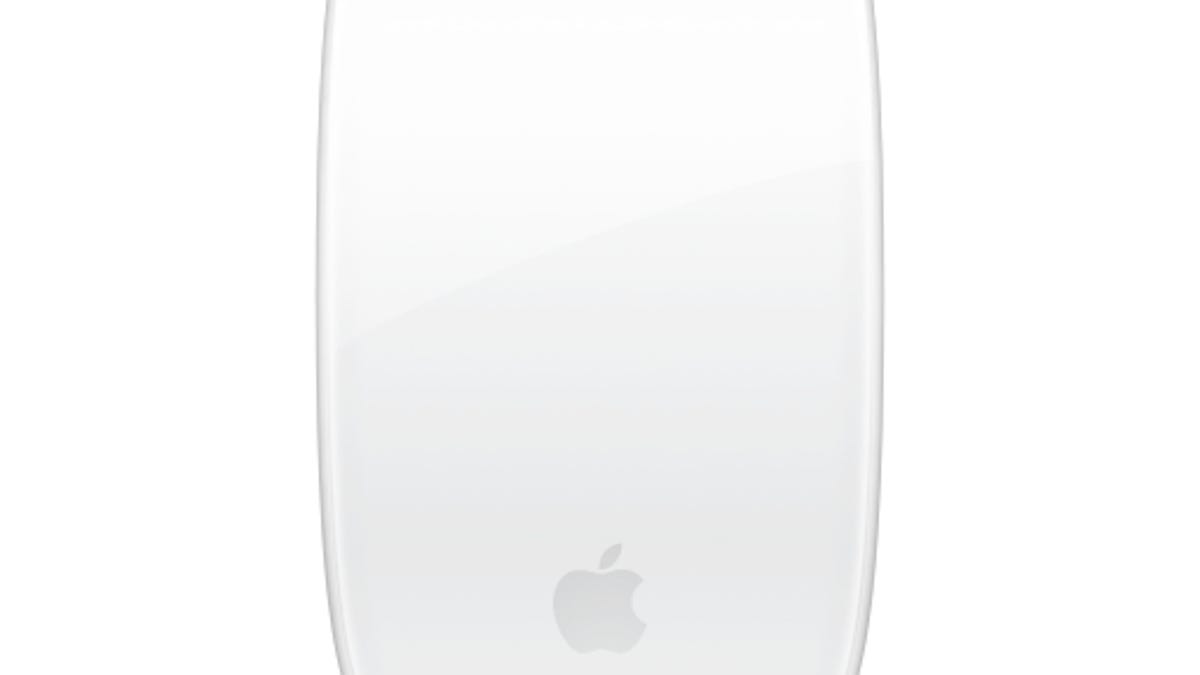What to do if mouse input stops working in OS X
If your mouse cursor disappears or freezes but the system is still responsive, then you can likely remedy the situation without hard-resetting your Mac.

Most tasks you might perform in OS X are likely heavily dependent on the mouse cursor, be it copying a file from your system to a disk, clicking in a browser address bar to enter a URL, or opening an application on your Dock. These actions all become second nature, but what do you do if the mouse cursor suddenly disappears and cannot be located, or freezes?
Generally, if this happens we find ourselves moving the mouse around rapidly to see if it will start working, or moving it to a set point such as a corner of the display to ground our movement at that position as a means to locate the mouse. However, these actions are only useful if the cursor is working, but only relatively hard to see. If the cursor is missing, then these actions will not work.
While the loss of a cursor is relatively rare, sometimes it may happen from incompatibilities with applications, or a crash or hang, especially after updating or upgrading your system software or drivers and control software for third-party mice.
If you experience such a problem, first be sure to check for hardware faults. Sometimes a mouse cursor may be stuck because of a faulty connection, and if you have begun typing or playing a movie file then the cursor may become hidden by default, and then refuse to appear when you move the mouse. In these cases, plugging in any USB mouse should result in a working cursor.
On the other hand, if the mouse cursor is genuinely masked or otherwise missing, then it may still offer input but simply not show where the input is directed on screen. For instance, while you can move the mouse to the top-left corner of the display and click, you may see the menus activate, but tracking what will happen when you next click will be more difficult.
In these cases, you can resort to hard-resetting your Mac, but this is rather extreme and you can likely use the keyboard to regain access to your system and get the mouse working again.
First, try switching applications by pressing Command-Tab. If the problem is simply occuring because of a fault in that program, then this may reveal the cursor again and switching back may then keep the cursor around.
If the cursor still does not show or disappears again when switching back to the program, then try quitting it by pressing Command-Q and then save your data or otherwise confirm you would like to quit the program. Do this progressively for all programs on the system, since one may be influencing the mouse behavior and affecting the others.
Finally, try restarting your computer, which can be done by holding the Control button and then pressing the power button, and then using the tab and space bar keys to select and activate an option of choice.
One additional tip that might be useful in situations where the mouse has stopped working, is to access the system menus via the keyboard, which can be done by pressing Control-F2 for system menus, and Control-F9 for the status menus (menu extras). You can also adjust these options to custom hotkeys, to make access to them more consistent and convenient.
Questions? Comments? Have a fix? Post them below or
e-mail us!
Be sure to check us out on Twitter and the CNET Mac forums.

